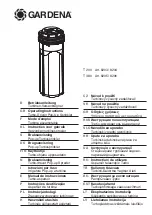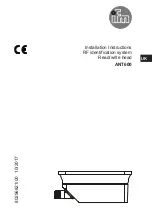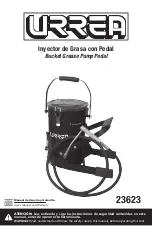
12
|
ni.com
|
NI USB-6000 User Guide
Wiring Considerations
The following sections describe how to wire floating and ground-referenced signals to minimize
measurement errors.
Floating Signal Sources
A floating signal source is not connected to the building ground system, but instead has an
isolated ground-reference point, as shown in Table 5. Some examples of floating signal sources
are outputs of transformers, thermocouples, battery-powered devices, optical isolators, and
isolation amplifiers. An instrument or device that has an isolated output is a floating signal
source.
Wiring Floating Signal Sources
The AI channels on the NI USB-6000 share a common reference point, AI GND. This type of
AI is known as Referenced Single-Ended (RSE). For input signals that requires a separate
ground-reference point or return signal, consider using an NI DAQ device with differential
inputs.
Noise coupling is one of the main error sources in measurements. Electrostatic and magnetic
noise coupling are the result of differences in the signal path. Magnetic coupling is proportional
to the area between the two signal conductors. Electrical coupling is a function of how much the
electric field differs between the two conductors. To reduce these noises, NI recommends the
following wiring methods:
•
Reduce the wire length between leads connecting the signals to the device.
•
Twist each input signal with an AI GND to minimize the area between conductors.
Table 5.
Analog Input Configurations
Floating Signal Sources
(Not Connected to Building Ground)
Ground-Referenced Signal Sources
Examples:
• Ungrounded thermocouples
• Signal conditioning with isolated outputs
• Battery devices
Example:
• Plug-in instruments with non-isolated
outputs
+
–
+
–
AI
AI GND
S
ign
a
l
S
o
u
rce
NI U
S
B-6000
Gro
u
nd-loop potenti
a
l (V
A
– V
B
)
a
re
a
dded
to me
asu
red
s
ign
a
l.
+
–
+
–
AI
AI GND
V
B
V
A
S
ign
a
l
S
o
u
rce
NI U
S
B-6000





































